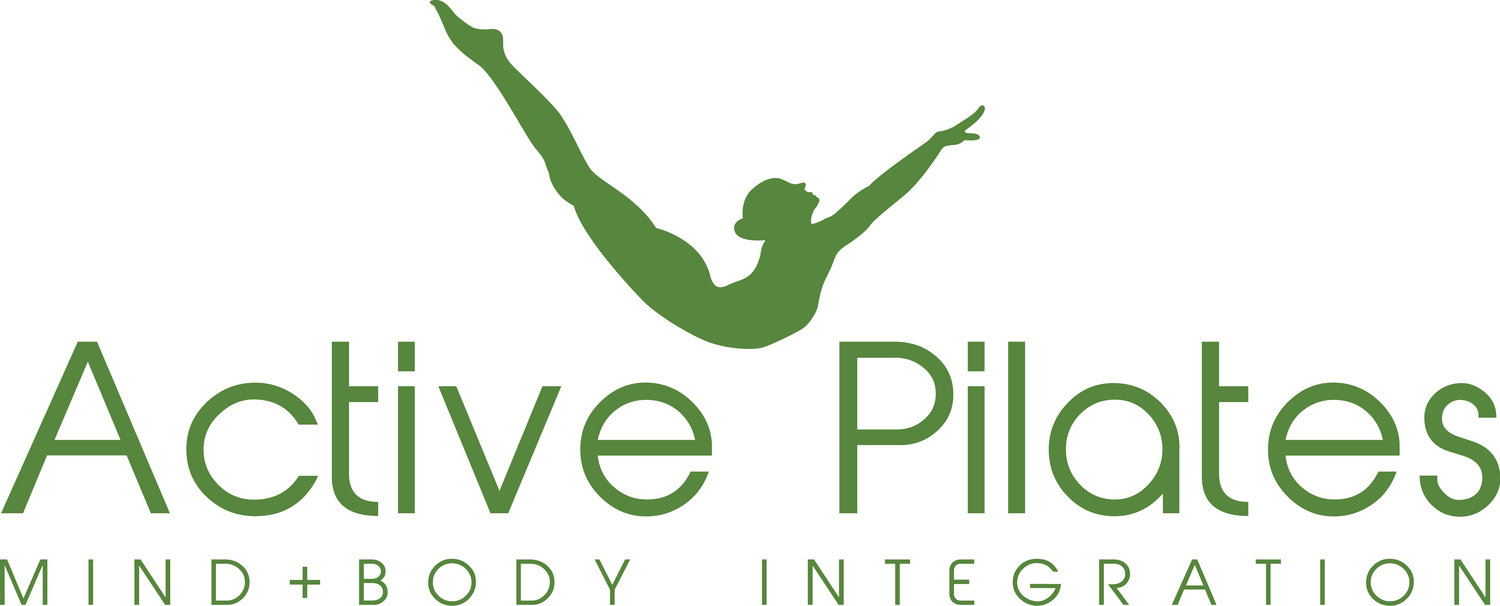Why did I begin with Pilates?
Since early childhood, I’ve always been passionate about physical activity. At the age of four, I started skiing and when I turned nine, my Dad took me to the local tennis club where I commenced my non-pro tennis career. I played competitive tennis until the age of 18. When I was younger I found playing tennis to be quite physically demanding so I had to take on some additional sports such as running, volleyball and swimming to build my endurance fitness and flexibility that allowed me to play long matches.
In 2002, I started doing various running races and competing in short distance triathlons. During this time, I developed knee and lower back injuries. I tried to go to a gym and build my muscle strength, however, I soon realised that the gym environment wasn’t quite the right fit for me.
Later on, I was introduced to Pilates - I clicked with it straight away. This method also helped me to overcome the pain and, in particular, improve my running performance.
How has Pilates assisted me personally?
At first, I was doing Pilates once a week. I didn’t really notice it made much difference until I commenced two to three classes per week. My body became more toned and I built strong abs that enabled me to do challenging Pilates exercise on the reformer or trapeze.
I can now say that regular Pilates training helped me to better understand my body and its imperfections.
I am now very conscious of my posture, and in particular, my ‘powerhouse’. In addition, I feel taller, stronger and more flexible than I ever have been. I also feel that now I can balance with grace like a dancer. I’ve also noticed that my knee pain is manageable and my lower back issues have almost gone.
My passion for Pilates led me to commence a Certificate IV Mat Instruction course with Polestar Pilates Australia. During my study, I’ve learned that there is a strong connection between some exercises and pelvic floor problems. Therefore, I’m very keen to help my clients to practice safe exercises to avoid any possible bowel or bladder problems.
I love helping my clients to find and train their pelvic floor muscles effectively and so enable them to improve their performance, increase core strength and balance, and consequently help them prevent injuries and strains.

